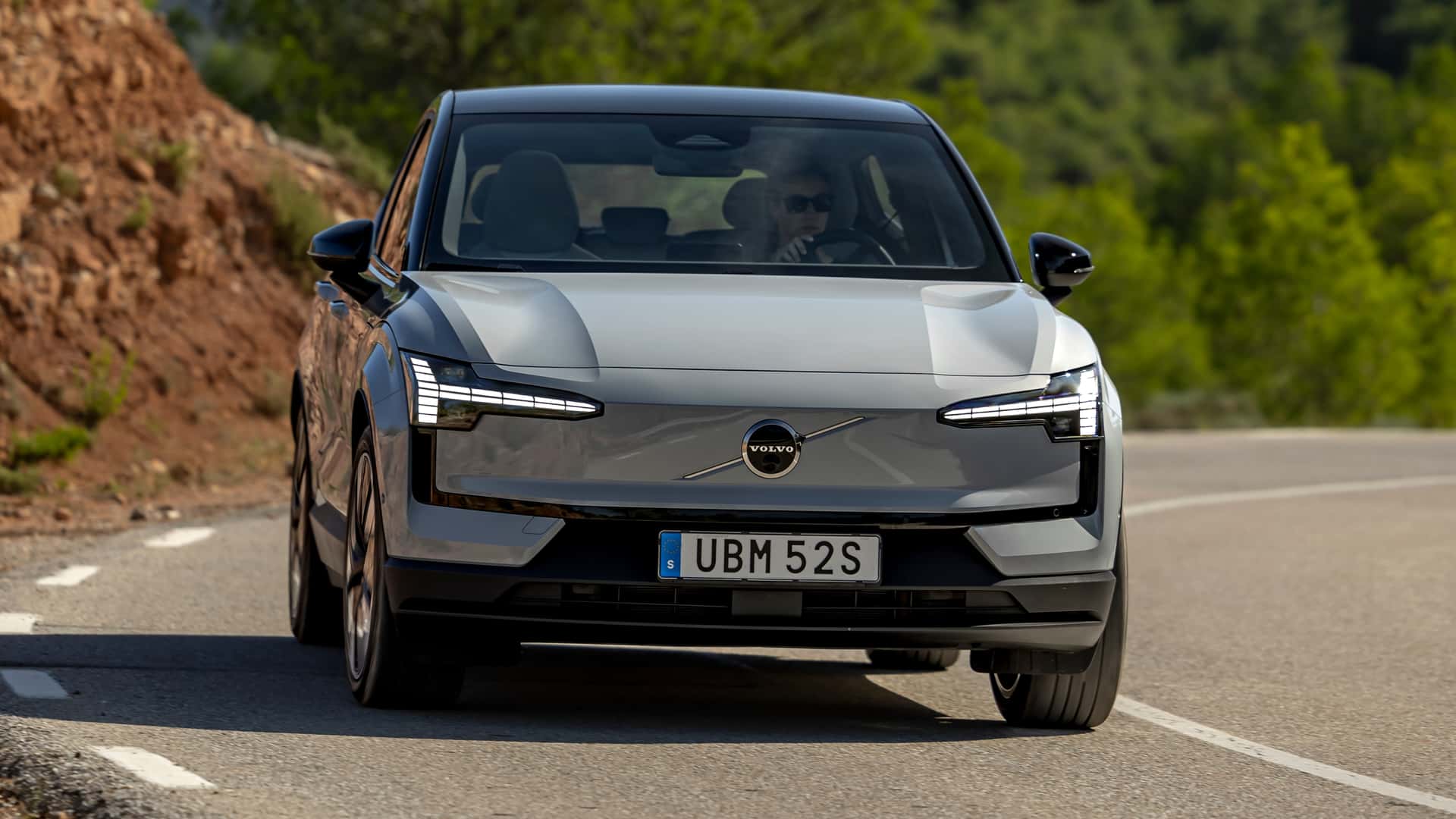Data from thousands of EVs shows the average daily driving distance is a small percentage of the EPA range of most EVs.
For years, range anxiety has been a major barrier to wider EV adoption in the U.S. It’s a common fear: imagine being in the middle of nowhere, with 5% juice remaining in your battery, and nowhere to charge. A nightmare nobody ever wants to experience, right? But a new study proves that in the real world, that’s a highly improbable scenario.
After analyzing information from 18,000 EVs across all 50 U.S. states, battery health and data start-up Recurrent found something we sort of knew but took for granted. The average distance Americans cover daily constitutes only a small percentage of what EVs are capable of covering thanks to modern-day battery and powertrain systems.
The study revealed that depending on the state, the average daily driving distance for EVs was between 20 and 45 miles, consuming only 8 to 16% of a battery’s EPA-rated range. Most EVs on sale today in the U.S. offer around 250 miles of range, and many models are capable of covering over 300 miles.



I never said that, but okay.
My point is we have no excuse for not at least connecting our major metros together by transit, and having good transit within them. I grew up in the country, I lived 6 miles from the nearest town. I’m well aware it doesn’t work everywhere, but the majority of people, in fact, DO live in cities, and yet we still insist on cars being the main mode of transportation for almost every single metro except like 3 of them. It’s terribly inefficient and horrible for the environment.
Yeah, the majority live in cities. But not the like 40 cities that I stated. Most people don’t live in those. You’re skewing what I said. There are over 300 cities in the US, and most of them aren’t like NYC, LA, Atlanta, and San Fran etc.